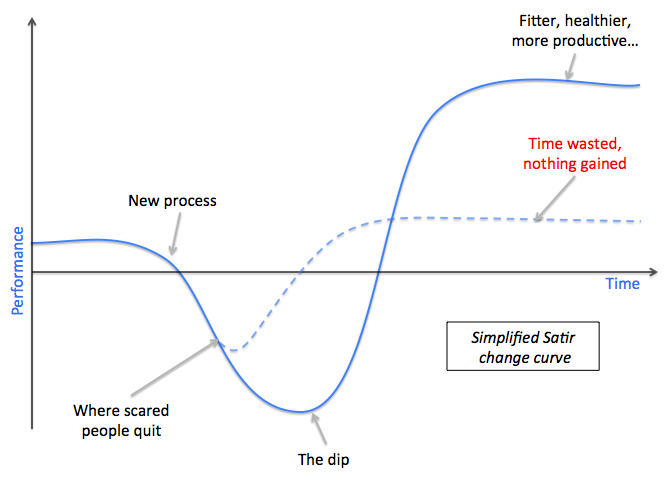Today, for the first time in what seems like ages, my PC caught the flu. This time it was a particularly annoying piece of malware called HDD Low; one of those fake system config utilities that spams you with fake warnings about your hard drive or memory until you give in and buy their special ‘system optimiser’ software that removes the alerts.
I Googled for some assistance, and ended up on a website for a product called Trojan Killer. This site is clean and well laid out and free of advertising. It offers detailed information about the virus and some instructions on how to remove it. It offers two options: instructions to remove it manually, or a free trial version of their Trojan Killer software.
Let’s examine the scenario so far: a clean and modern looking website with no advertising builds trust in the site and in the company (normally ‘bad’ sites have lots of ads and just look unprofessional). The transparency of offering manual removal steps as well as the software install further builds trust (they don’t need me to download their software, so I assume the software is ‘clean’.) I am now at the point where I trust them enough to download and install their software.
I downloaded and installed the free Trojan Killer app, and after a normal install process the app fired up and started an initial scan. After about 30 minutes of scanning it not surprisingly found our friend HDD Low and also a couple of other little things. It presented me a list of 10 or so infected files, with a big red button to ‘Clean infections’. I clicked it…
… and was hit with the credit card details page. SNAP! Now, after 45 minutes of trying to remove this virus, I have two choices: cough up and pay money to buy this app, or go back to the drawing board.
This is a very ‘good’ example of consciously evil product design. The flow from discovery to installation of the software is designed to build your trust with transparancy and professionalism to encourage you to download the ‘free trial’ version which is not really free at all. It tricks you into investing your time letting it scan your computer and then it makes you nervous about the viruses and ‘suspicious’ software it finds. But a solution is only one click away! The ‘remove’ button is even there, ready to be clicked – but first, you just need to enter your credit card details…
Their methodology is simple:
Trust + Nervousness + Time investment = (evil) sale
For me, at least, tricks like this don’t work: I trust this application and this company far less now, and I am far less inclined to hand my credit card details over to them – but I have to wonder how many people fall into this trap.
Treat your customers fairly. Don’t use false offers to trick them into downloading your software. Be honest about what your ‘free trial’ does: if it has the capability to scan the computer but not remove the errors, that’s fine, but tell the customer before they download it. Sure, you might make a few sales with scams like these; but how many of those sales are likely to grow into valuable, long-term relationships?
Being open and honest will always pay off in the long run.
(By the way, I managed to remove HDD Low without installing anything (else). Instructions are here.)

